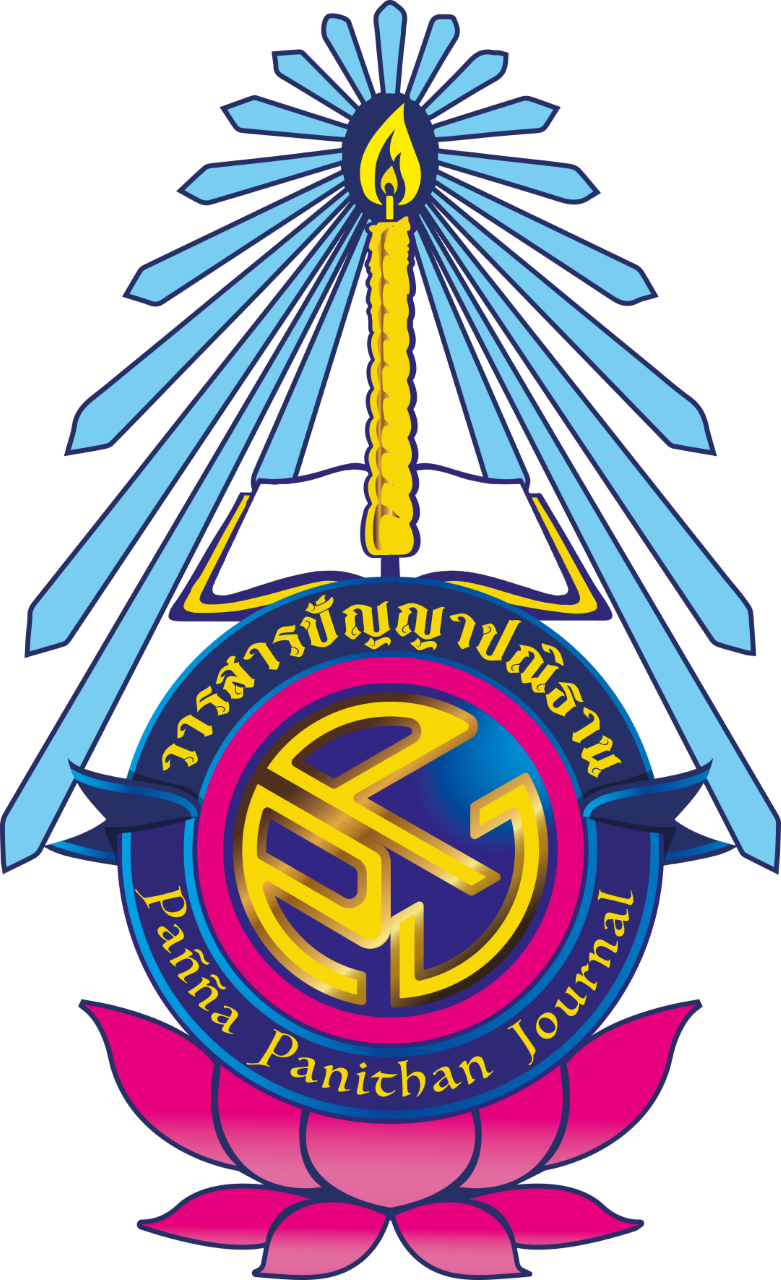MEASURES TO CURB CORRUPTION IN PUBLIC PROCUREMENT OF MYANMAR AND THAILAND
Main Article Content
บทคัดย่อ
Abstract
Public procurement is a key government function susceptible to corruption because of its large transaction volume, financial impact, complex procedures, and the close interaction between public officials and businesses. The objectives of this study is to study the anti-corruption measures in public procurement of Myanmar and Thailand, to study cases related to the public procurement of Myanmar and Thailand, and explore differences and similarities in anti-corruption measures of both countries. This study will be conducted by a doctrinal legal research methodology, drawing on the legal frameworks of Myanmar and Thailand, and analyzing preventative measures aligned with international standards such as the UNCITRAL Model Law on Public Procurement and WTO Government Agreement.
As the results, Myanmar emphasizes clear frameworks but risks overlooking bidder capabilities, while Thailand ensures legal compliance yet lacks clarity in certain qualification criteria. Additionally, Thailand’s inclusion of performance evaluation criteria enhances the selection of competent contractors, contrasting with Myanmar’s absence of such provisions. Furthermore, Thailand demonstrates a commitment to training programs for procurement officials, fostering expertise crucial for corruption prevention, a facet lacking in Myanmar. The involvement of public and business operators in anti-corruption efforts stands as another differentiating characteristic, with Thailand incorporating participatory mechanisms absent in Myanmar, potentially enhancing transparency and oversight. Both countries implement measures to mitigate conflicts of interest, with Myanmar emphasizing disclosure and fairness and Thailand focusing on committee formations and conflict prevention mechanisms. However, Thailand’s inclusion of observer participation throughout the procurement process adds an extra layer of oversight, potentially reducing corruption risks. In conclusion, while both Myanmar and Thailand strive to address corruption in public procurement, variations exist in their approaches and effectiveness. The findings highlight the importance of clear criteria, performance evaluations, and public participation to strengthen anti-corruption efforts and transparency in public procurement.
Article Details

อนุญาตภายใต้เงื่อนไข Creative Commons Attribution-NonCommercial-NoDerivatives 4.0 International License.
เอกสารอ้างอิง
References
Arrowsmith, S. (2010, Summer). Horizontal policies in public procurement: a taxonomy. Journal of Public Procurement, 10(2), 149.
Kühn, S., & Sherman, L. B. (2014). Curbing Corruption in Public Procurement: A Practical Guide. Transparency International.
Myanmar Digital News. (2022). Under the Anti-Corruption Law. Retrieved on 2022 April 24 from https://www.myanmardigitalnewspaper.com/my/agttiliukcaamuttiukphkreupdear.
OECD. (2003). Managing Conflict of Interest in the Public Service. OECD Guidelines and Country Experiences.
PR News. (2024). Thailand's NACC finds guilty among four former executives of energy base firm of corruption and bribery. Nation Thailand. Retrieved on 2024 April 30 A.D. from https://www.nationthailand.com/pr-news/pr-news/40037678.
Sarapong, T., Prescott, C., Phoothong, S., Nuonhom, A., Sopa, S., & Wiroonapan, W. (2020). Study of Corruption in Thailand: A case of Public Procurement Conducted by Sub-District Administrative Organizations. Journal of Liberal Arts, Ubon Ratchathani Univ, 18(1), 53-70.


